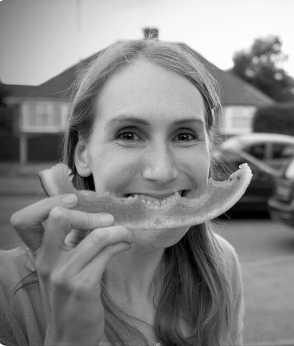Concentration in g/dm3
- Concentration is a measure of how much of a substance is present in a given volume
- The simplest way to show a calculation is in grams per decimetre cubed, g/dm3
- This is calculated using the following equation:
Worked example
A solution contains 2.0g of sodium hydroxide in 200cm3 of water.
What is the concentration in g/dm3 ?
Answer
Converting between g/dm3 and mol/dm3
- You may have to convert from g/dm3 into mol/dm3 and vice versa depending on the question
- To go from g/dm3 to mol/dm3:
- Divide by the molar mass in grams
- To go from mol/dm3 to g/dm3:
- Multiply by the molar mass in grams
- To go from g/dm3 to mol/dm3:
Worked example
A solution of sulfuric acid, H2SO4, has a concentration of 0.1 mol/dm3
What is the concentration in g/dm3?
Answer
-
- Both units are per decimetre cubed, so you just need to convert moles to mass, using the molar mass
- Molar mass of H2SO4 = 98 g/mol
- Mass of H2SO4 = moles (mol) x molar mass (g/mol)
- Mass of H2SO4 = 0.1 mol x 98 g/mol = 9.8 g
- This is the mass present in 1dm3 so the concentration = 9.8 g/dm3
Exam Tip
Don't forget your unit conversions:
To go from cm3 to dm3 : divide by 1000
To go from dm3 to cm3 : multiply by 1000

